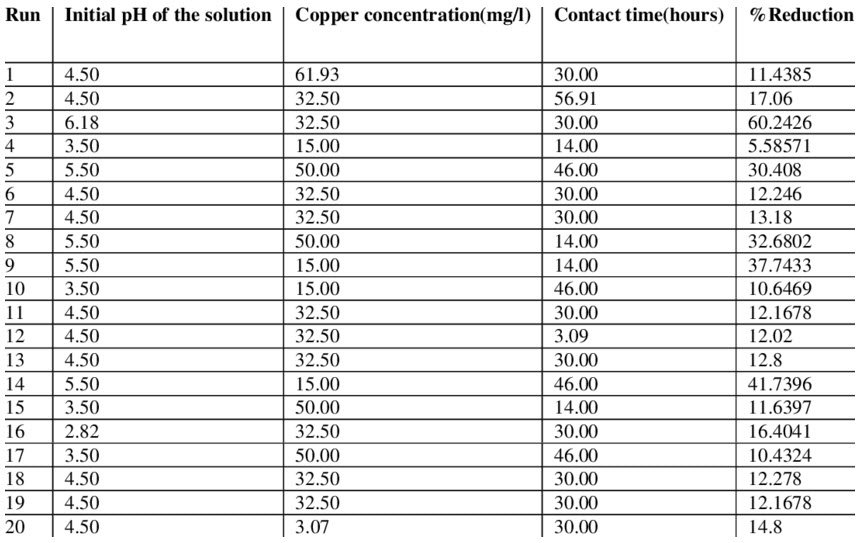You may have heard of what is 2/3 as a percent, but you have probably not gotten the answer to your question. There’s a whole amount more to a refinancing loan than simply formulating the rate of the loan. The amount that you are refinancing is only part of the equation in getting the best results. You need to know what kind of mortgage payment plan or loan payment scheme you will be using when you refinance your home mortgage loan. You’ll be able to get the most out of your money if you do it this way.

What is 2/3 as a percent? That is the Annual Percentage Rate (APR) of your mortgage loan. The APR is what you pay every month with your loan, not the interest rate. Unfortunately, interest rates are going up, and you could end up paying twice as much in a year if you do not choose a suitable loan plan. So you can see how the APR can be the deciding factor in the deal when deciding on a refinance mortgage. But what is the best deal?
Here is what you should do. Before you even get started, call your bank or credit union to get a quote on a loan that has the lowest possible interest rate. You can use their Annual Percentage Rates or APR as an interest rate to compare loans. Once you have found a low-interest rate, use it to shop for a new home loan. Call your current bank and ask them about their lowest APRs for their loans, too.
Then, get prequalified for a loan at a loan company or from the Internet. When you get prequalified, you know what the rate is going to be before anyone else does. If the rate is too high, then there may be some things wrong with your credit. Even if you have perfect credit, you may have to get a co-signer to get a loan. And if your credit score is average, you still may get a lower interest rate, but it all depends on the company or broker that gives you the quote.
After you find a rate, read about the terms of the loan. The terms of a loan are essential because the lender may require you to pay points. The majority of lenders will increase the number of points on your loan. The points are based on the risk of your loan. If your credit rating is good in the middle, you don’t have to think over this.
However, if you have a low credit score, it will be difficult to obtain a mortgage. The lender might be reluctant to lend you money. They’ll want to ensure that you repay the loan on time. This means you need to have a steady stream of money coming in to pay off the loan each month.
If you are offered loans with bad credit, remember that you’ll have to cover additional financing. But this doesn’t mean you can’t improve your credit score. For instance, you could start by getting an unsecured loan. A secured loan is made to your property. You put your home up as collateral so that the lender can have a better chance of recovering their money if you do not pay off the loan.
You can talk to the lender about an unsecured loan once you have gone through a secured loan and have shown promise by paying on time. Unsecured loans are like secured loans, but they come without the need for collateral. Talk to the lender about an unsecured loan with a lower interest rate. You could save yourself lots of money doing this.
